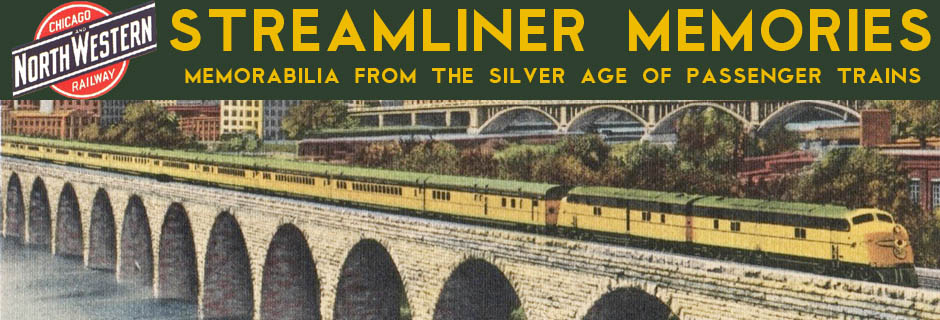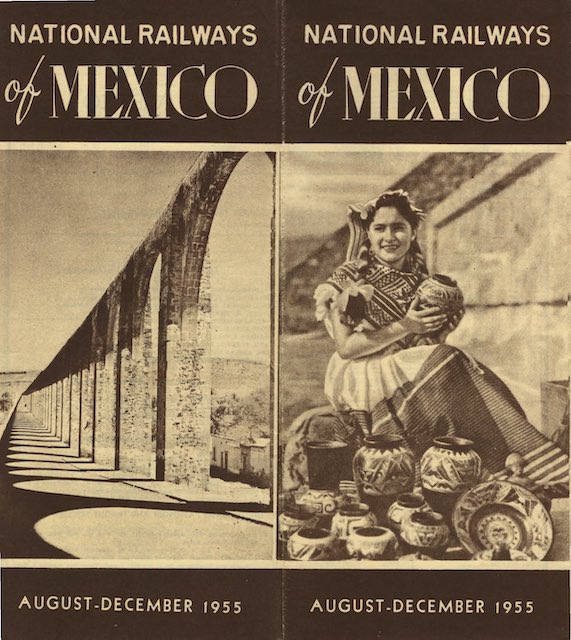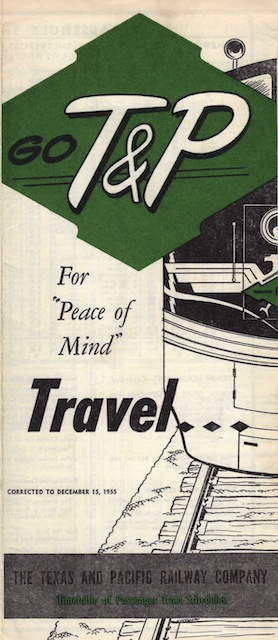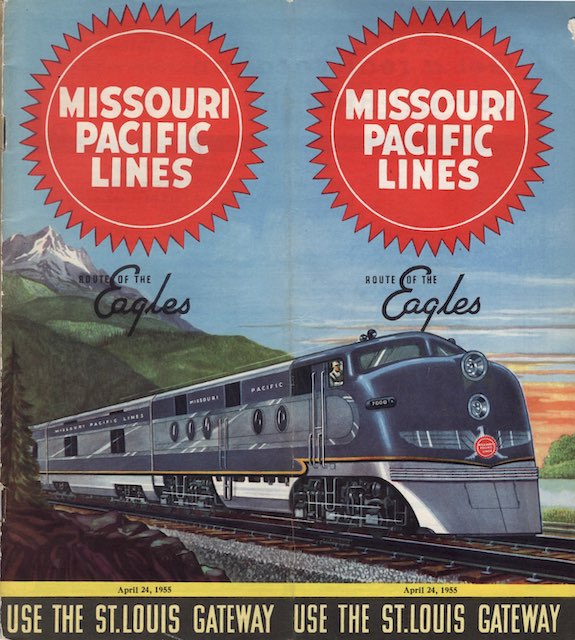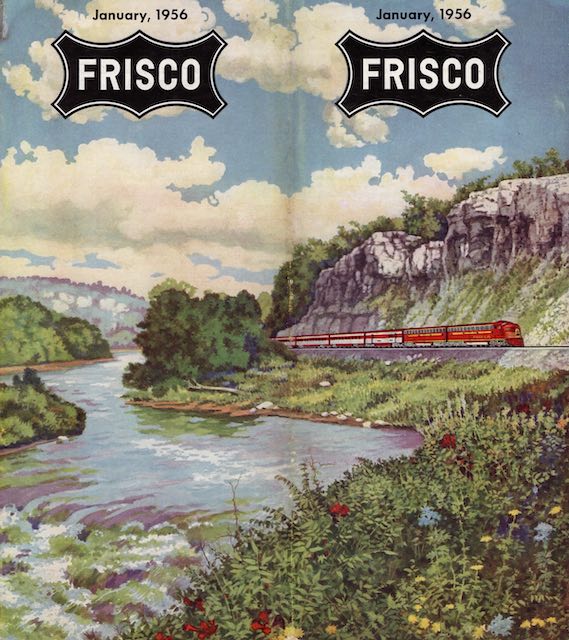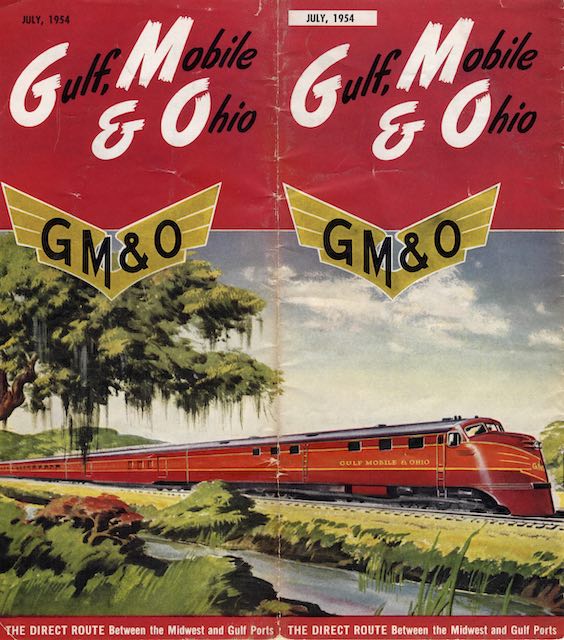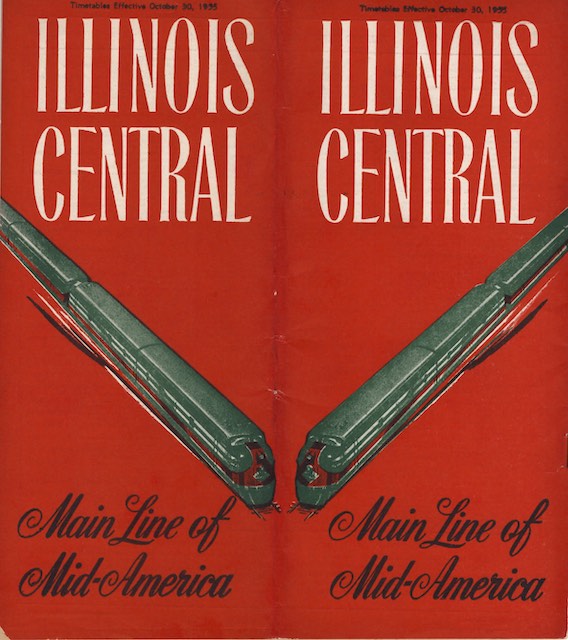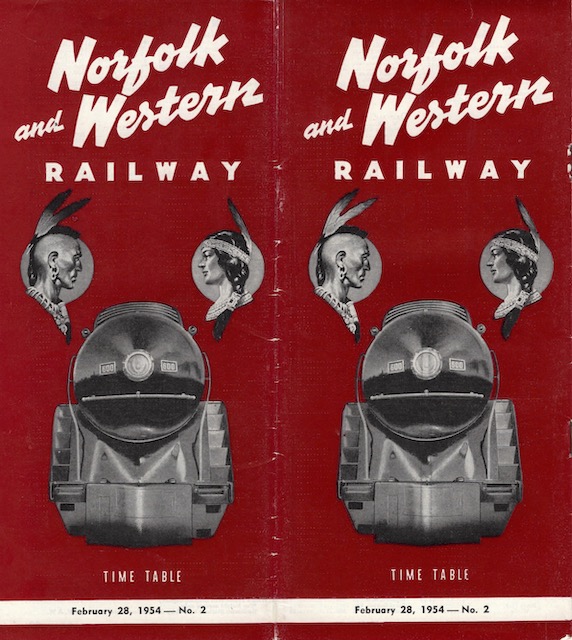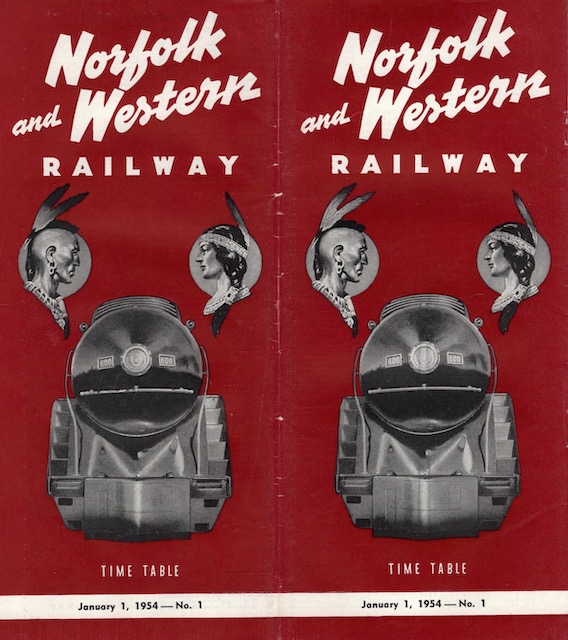This booklet lists about 45 dude ranches and 13 lodges, most of which offered guide or pack services, that were located near Union Pacific tracks. Most were in Wyoming, a few in Colorad, Idaho, and Montana, one in Oregon, and two in California. Many of the lodges still exist, but most of the dude ranches did not survive the Depression, at least as dude ranches.
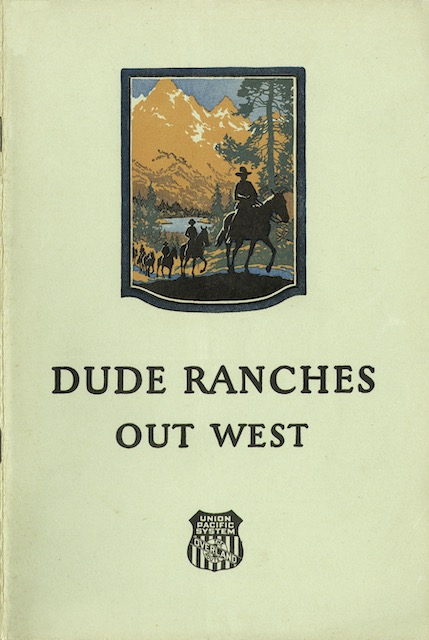 Click image to download a 24.7-MB PDF of this 52-page booklet.
Click image to download a 24.7-MB PDF of this 52-page booklet.
Two that did were the Triangle X Ranch north of Jackson and the Elkhorn Ranch north of West Yellowstone. I’ve actually been to both ranches. Dude ranching is an interesting experience: you stay in rustic cabins that may look like they are about to fall apart and eat in a rustic dining hall that is filled with antiques. The food is great, if fattening, and the recreation activities are practically unlimited, so no one complains about the facilities. Continue reading
